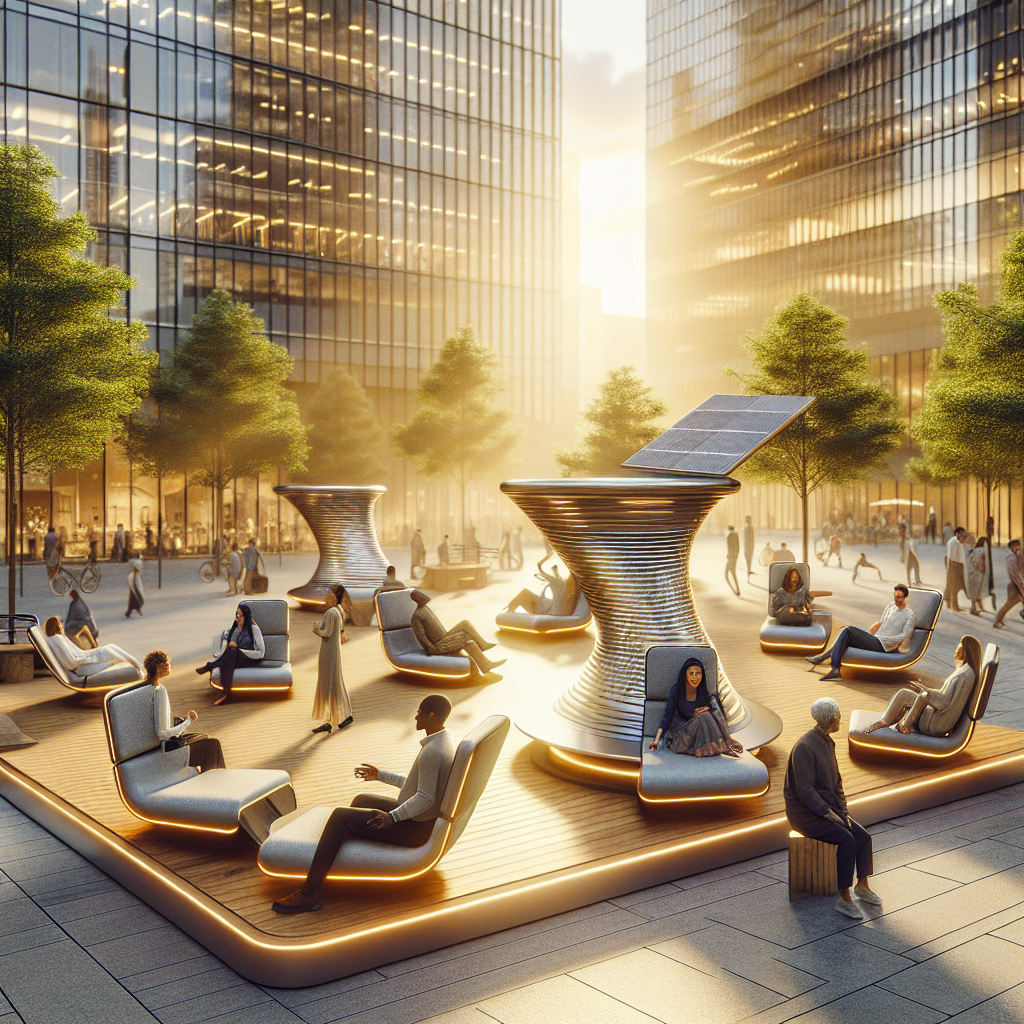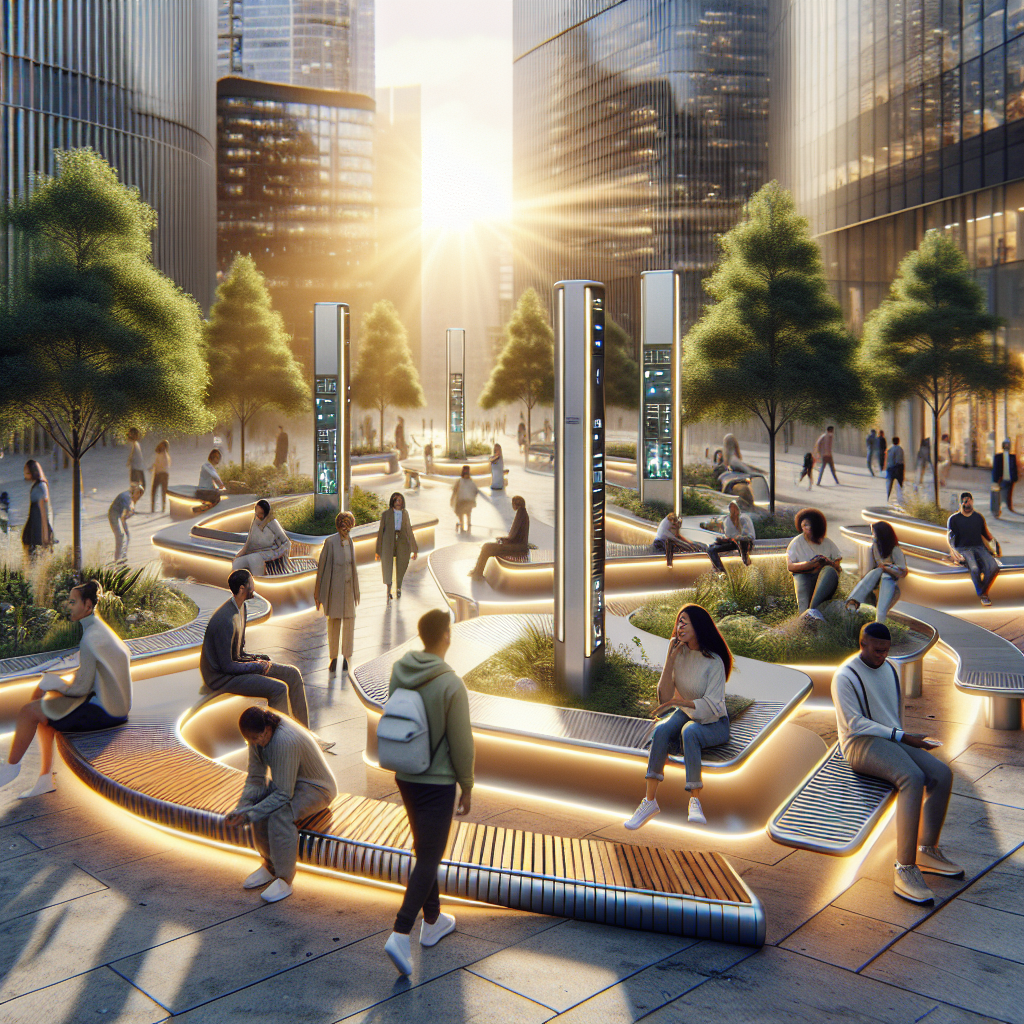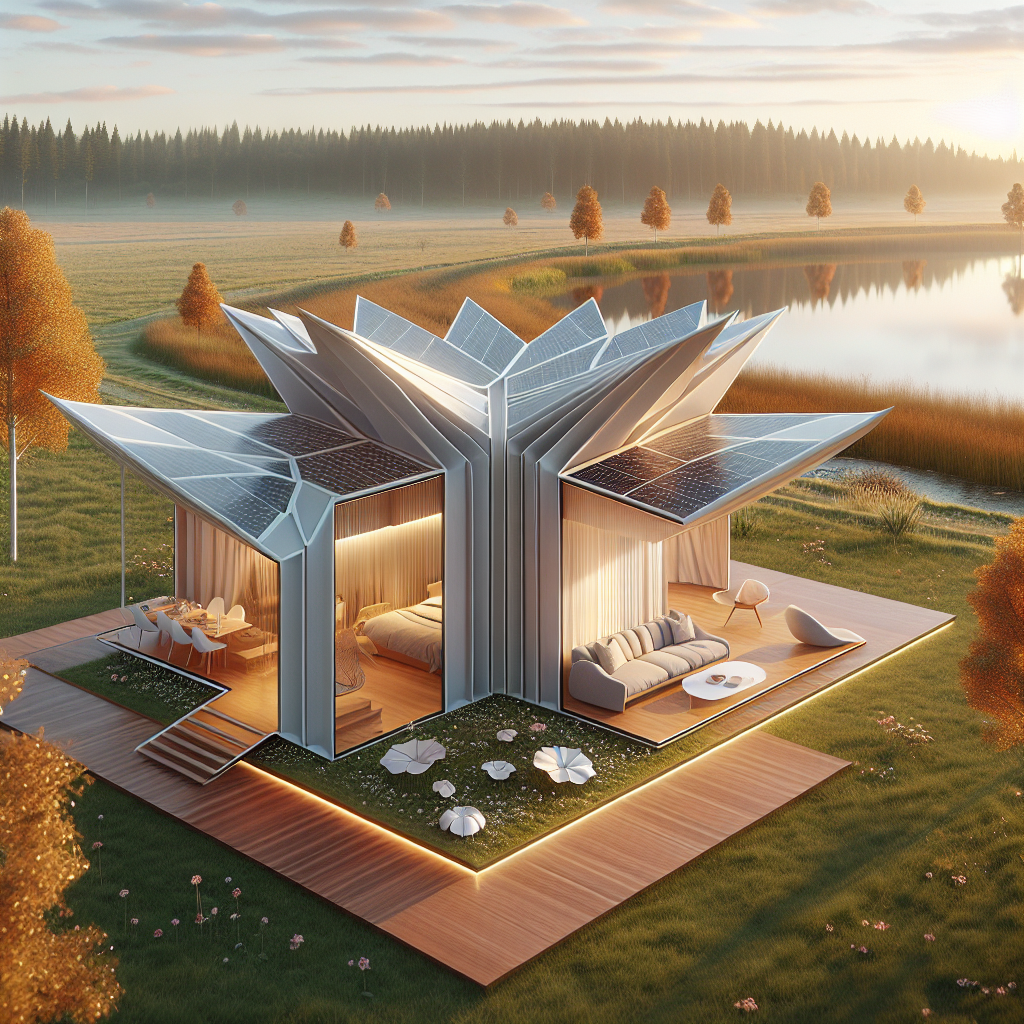Kinetic street furniture: benches that flex and rotate for passersby

Kinetic Street Furniture: Benches That Flex and Rotate for Passersby
In the evolving choreography of urban life, kinetic street furniture has emerged as a captivating intersection of design, engineering, and social innovation. Once static fixtures of the public realm, benches are now being reimagined as responsive, interactive, and even performative elements of the cityscape. Across global metropolises—from Copenhagen to Seoul—designers are experimenting with benches that flex, rotate, and adapt to the rhythms of daily life, offering a glimpse into a future where public furniture moves in harmony with its users.
The Rise of Motion in Urban Design
The concept of movement in architecture is not new. From the kinetic façades of the 1960s to today’s adaptive architectural systems, designers have long sought to integrate motion as a dynamic expression of modernity. Yet, the application of this principle to street furniture marks a profound shift in how we conceive of public space. Benches that pivot toward sunlight, swivel for social interaction, or flex to accommodate different body weights embody a human-centric philosophy—one that prioritizes comfort, engagement, and environmental responsiveness.
According to the urban design principles that govern contemporary city planning, flexibility and inclusivity are key. Kinetic benches embody both. They are not merely places to rest; they are instruments of interaction, encouraging spontaneous encounters and playful engagement with the built environment. In a world increasingly mediated by screens, such tactile experiences reconnect citizens with the physicality of place.
Engineering Movement: The Mechanics Behind the Magic
Behind the graceful rotation of a kinetic bench lies a sophisticated orchestration of materials and mechanics. Designers are employing hydraulic pivots, tensioned steel joints, and smart sensors to create movement that feels both organic and intuitive. Some models respond to human presence, rotating gently as a person sits down, while others are manually adjustable, allowing users to reorient themselves toward a view, a conversation, or the warmth of the sun.
The materials palette is equally considered. Stainless steel frames ensure durability in harsh climates, while reclaimed timber slats and recycled composites align with the growing demand for sustainable design. In London’s South Bank, for instance, a prototype bench designed by Studio Drift integrates motion sensors that detect nearby pedestrians, triggering a slow rotation that invites interaction. The effect is subtle yet mesmerizing—a quiet ballet of form and function.
This technological finesse mirrors the evolution of responsive architecture, where buildings and furnishings adjust in real time to environmental and human stimuli. As with kinetic façades, the success of these benches lies in their ability to balance motion with restraint—movement that enhances experience without overwhelming it.
Designing for Interaction and Well-Being
The psychological dimension of kinetic street furniture cannot be overstated. According to research in environmental psychology, environments that encourage agency and play foster higher levels of well-being and social cohesion. A bench that moves—inviting a passerby to turn toward a friend or face a sunset—creates micro-moments of joy and connection. It transforms the act of sitting into an experience of participation.
This ethos resonates with the principles of biophilic design, which emphasizes the importance of natural rhythms and sensory engagement in urban environments. A rotating bench that tracks the sun’s path or flexes gently with the wind mirrors the dynamism of nature itself. Such gestures remind us that cities, too, can breathe and move.
In Copenhagen’s Superkilen Park, designed by BIG and Topotek1, kinetic seating elements are integrated into a landscape that celebrates cultural diversity and interaction. Visitors can rotate their seats to face different parts of the park, encouraging dialogue and discovery. The project exemplifies how movement can serve as both a functional and symbolic connector—bridging communities through design.
Technology Meets Craft: The Aesthetics of Motion
Aesthetically, kinetic benches occupy a fascinating middle ground between sculpture and infrastructure. Their forms often draw inspiration from organic systems—petals that open, waves that undulate, or wings that pivot. This biomimetic approach aligns with broader trends in biomimicry in design, where natural mechanisms inform technological innovation.
In Seoul, the “Flow Bench” by the studio Orijeen employs a flexible composite shell that bends under weight, subtly shifting its hue through embedded thermochromic pigments. The result is a bench that not only moves but also changes color in response to human touch—a poetic fusion of material science and emotional design. Meanwhile, in Rotterdam, the “Spin Seat” series integrates a low-energy motor that allows users to rotate 360 degrees, transforming static waiting areas into kinetic social nodes.
These designs are not mere novelties. They reflect a broader movement toward interactive urbanism—a design philosophy that treats the city as a living organism, capable of sensing, responding, and evolving. The bench becomes a microcosm of this vision: a responsive interface between body, technology, and environment.
Sustainability and Smart Cities
As cities worldwide pursue net-zero goals, kinetic street furniture offers a subtle yet meaningful contribution to sustainability. Many of these benches incorporate energy-harvesting mechanisms—micro-turbines or piezoelectric pads that convert motion into electricity. The energy generated can power integrated lighting, USB charging ports, or environmental sensors that monitor air quality and temperature.
This convergence of design and data situates kinetic benches within the broader ecosystem of smart cities. They are not just responsive to human presence but also to environmental conditions, adapting to optimize comfort and efficiency. In Barcelona, for example, prototypes equipped with solar panels and rotating canopies adjust their orientation to maximize shade during peak hours, reducing heat exposure for users.
Such innovations echo the sustainability principles explored in the path to net-zero design, where technology and creativity converge to minimize environmental impact without compromising aesthetic or experiential quality.
Challenges and the Future of Kinetic Urbanism
Despite their promise, kinetic benches face practical challenges. Maintenance, durability, and vandalism remain concerns, particularly in high-traffic urban zones. The integration of moving parts requires rigorous testing and robust materials to withstand weather and wear. Designers are responding with modular systems that allow for easy repair and replacement, as well as open-source mechanical components that can be locally fabricated.
Yet the momentum is undeniable. As urban populations grow and public spaces become more contested, the demand for adaptable, multifunctional infrastructure will only intensify. Kinetic street furniture offers a compelling blueprint for this future—one where design responds fluidly to the needs of its users, where technology enhances rather than dictates experience, and where the everyday act of sitting becomes a dialogue between person and place.
A New Language of Public Space
Ultimately, kinetic benches are more than moving seats—they are symbols of a shifting paradigm in urban design. They embody a new language of public space: one that values interaction over isolation, adaptability over permanence, and sensory richness over monotony. In their quiet motion, they remind us that cities, like their inhabitants, are alive—constantly adjusting, evolving, and finding balance.
As we enter an era defined by responsiveness and sustainability, the kinetic bench stands as both a metaphor and a mechanism for change. It invites us to sit, to move, and to engage—to experience the city not as a backdrop, but as a living, breathing collaborator in the choreography of daily life.
Photography credits: various design studios and urban design agencies.
Keywords: kinetic street furniture, rotating benches, responsive design, interactive urbanism, smart cities, sustainable design, adaptive architecture.








